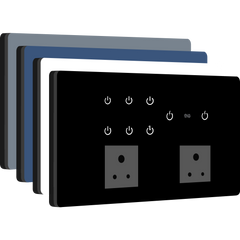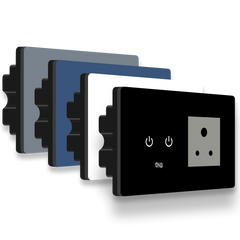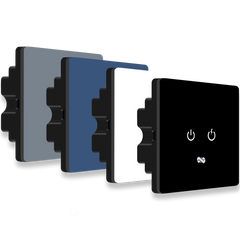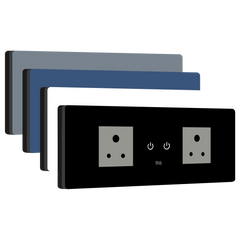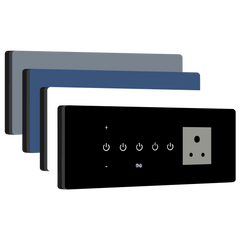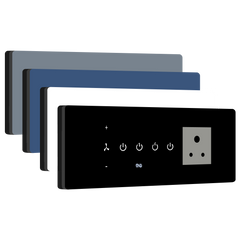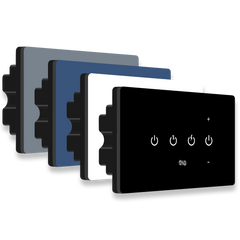Motion Sensors: Smart Detection for Automated Home Control
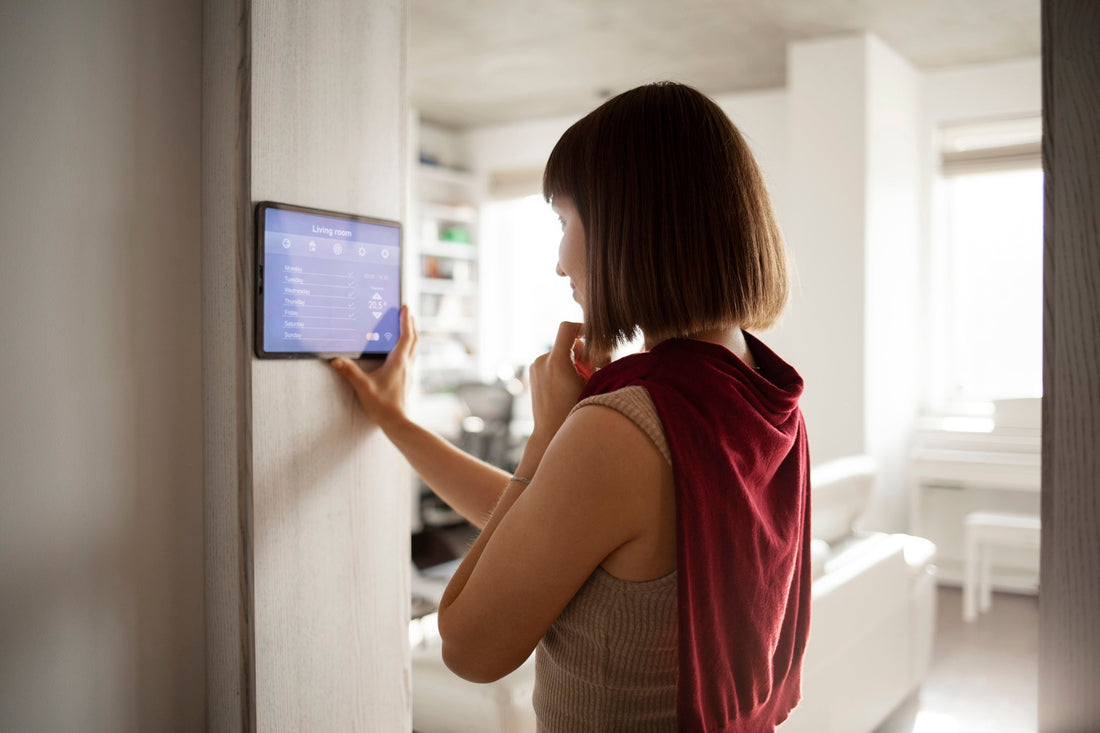
1. Definition
Motion sensors are devices designed to detect movement within a certain range or area. When integrated with smart home systems like Iotics Smart Switches, motion sensors play a crucial role in automating actions based on detected movement. For example, motion sensors can turn lights on or off automatically when someone enters or leaves a room, creating a more efficient and responsive environment without the need for manual intervention.
2. Key Takeaways
- Motion sensors detect movement within a specified range and trigger automated actions in your smart home.
- They enhance convenience by automatically controlling devices like lights and thermostats based on occupancy.
- Motion sensors improve energy efficiency by ensuring devices are only active when necessary.
- Integrated motion sensors work with Iotics Smart Switches to create seamless, hands-free control over various aspects of your home.
- They are commonly used in lighting automation, security systems, and energy management solutions.
3. Why Motion Sensors Are Important
-
Hands-Free Convenience
One of the greatest benefits of motion sensors is the hands-free control they provide. By automatically triggering devices based on movement, motion sensors allow your smart home to respond to your presence without requiring you to press buttons or use an app. For example, Iotics Smart Switches can automatically turn on the lights when you walk into a room and turn them off when you leave, making it easier and more convenient to navigate your home. -
Energy Efficiency
Motion sensors contribute to energy savings by ensuring that lights, fans, and other devices are only on when needed. Instead of keeping a light on all day, motion sensors can detect when a room is unoccupied and automatically turn off devices, reducing wasted energy. This level of automation helps lower electricity bills and supports a more sustainable, eco-friendly lifestyle. -
Increased Security
Motion sensors can also play a vital role in home security. When integrated with smart lighting and security systems, they can trigger alerts or activate security cameras when unexpected movement is detected. For example, if someone enters your home when you're not there, the motion sensors could trigger an alert to your phone, giving you a heads-up about potential security threats. Additionally, motion sensors can activate lights or other devices to simulate your presence when you're away, enhancing security further. -
Enhanced Smart Home Automation
Motion sensors add a layer of intelligence to smart home automation. For instance, Iotics Smart Switches can be set to respond to motion, creating a more intuitive and efficient home environment. They can automatically adjust lighting based on the time of day or your presence, helping maintain the right atmosphere while conserving energy. Motion sensors can also trigger other smart devices, like thermostats, to adjust the temperature based on room occupancy, ensuring comfort without manual adjustments. -
Improved User Experience
Motion sensors enhance the overall user experience by removing the need for constant manual control. Whether it's entering a room, walking down a hallway, or moving around your house, motion sensors respond to your actions, making the home feel more intuitive. This effortless interaction with your environment can help you save time and create a more comfortable living space.
4. Example/Use Case
Imagine you're hosting a dinner party, and your guests are moving in and out of different rooms throughout the evening. With Iotics Smart Switches integrated with motion sensors, the lighting automatically adjusts as people enter and exit the rooms. If someone enters the kitchen, the lights brighten, but if the room remains empty for a while, the lights dim or turn off automatically. This seamless experience ensures that the environment is always perfectly lit while conserving energy when the space is unoccupied. Additionally, you could have motion sensors in your hallway that turn on security cameras if movement is detected when you're not at home, providing enhanced security for your property.
5. Frequently Asked Questions (FAQs)
-
How do motion sensors work with smart switches?
Motion sensors detect movement in a designated area and trigger actions like turning lights on or off. When integrated with Iotics Smart Switches, they automatically activate connected devices based on motion, ensuring lights and appliances are only in use when necessary. -
Do motion sensors save energy?
Yes! Motion sensors contribute to energy efficiency by automatically turning off devices when a room is unoccupied. This eliminates the need for manually turning off lights and appliances, reducing unnecessary energy consumption. -
Can motion sensors be used for security purposes?
Absolutely. Motion sensors can trigger alerts or activate cameras when unexpected movement is detected. They can also simulate your presence by turning lights on and off at specific intervals when you're away, enhancing your home’s security. -
Are motion sensors easy to install?
Yes, motion sensors are typically easy to install. Many smart switches, including Iotics Smart Switches, come with straightforward setup instructions, and sensors can be placed strategically throughout your home without the need for professional help. -
Can I adjust the sensitivity of motion sensors?
Yes, many motion sensors allow you to adjust their sensitivity based on your needs. You can fine-tune them to detect movement from a specific distance or even set them to only activate when motion occurs at certain times of day.
Enhance your home’s efficiency and security with Iotics Smart Switches and motion sensors. Get Started with Smarter Living Today.
7. Related Terms
- Home Automation
- Energy Monitoring
- Smart Scheduling
- Security Systems

